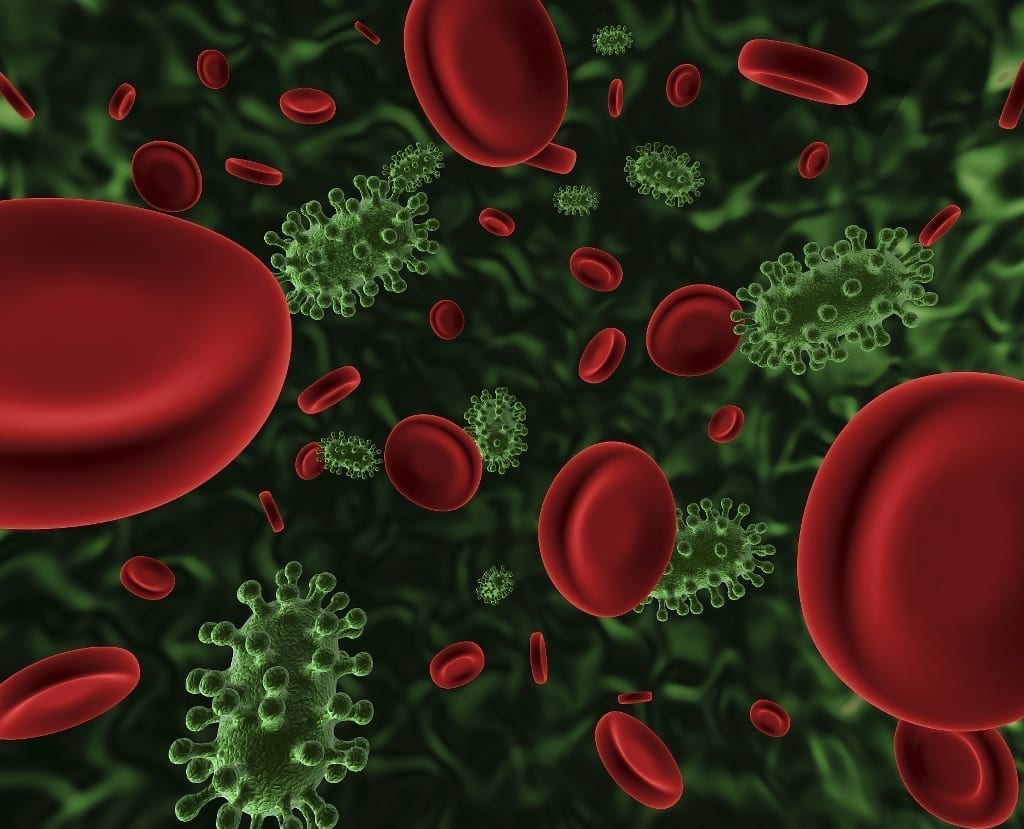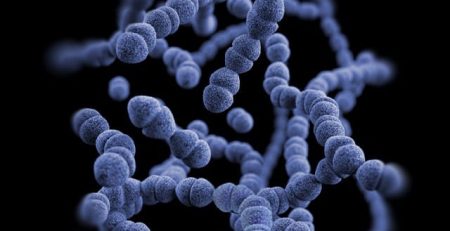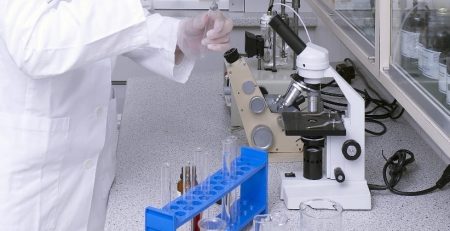Breast Cancer Treatment Could Also Fight Antibiotic Resistant Infections
Each year, more than 2 million people in the United States become infected with an antibiotic restistant bacteria, and at least 23,000 of these individuals die as a direct result of these infections, according to the CDC. Methicillin-Resistant Staphylococcus aureus (MRSA) is the second most common overall cause of healthcare-associated infections reported to the National Healthcare Safety Network. Although studies show that MRSA infections are declining, there are still over 80,000 severe MRSA infections reported per year, which have led to over 11,000 deaths, and the CDC still considers MRSA a serious drug-resistant threat.
There is hope, however. Researchers at the University of California, San Diego School of Medicine and Skaggs School of Pharmacy and Pharmaceutical Science have found that an approved breast cancer treatment drug, tamoxifen, may be able to cure what was once thought incurable. Originally approved in 1977 to treat patients with advanced breast cancer, tamoxifen was designed to target the body’s estrogen receptors. The drug helps the body produce neutrophils, a type immune cell that is one of the first cell types to travel to the site of an infection and engulf the offending microorganisms.
Researchers tested their theory in two ways. First they examined how treated neutrophils reacted in a lab container. Neutrophils treated with tamoxifen were found to be effective in swallowing up the bacteria because they produced three times more exterior traps (NETs) – the mesh of proteins that trap pathogens – than non-treated neutrophils. Reserachers also examined how neutrophils reacted when treated with other molecules that target estrogen receptors, but these were found to have no effect. Next, researchers tested the drug on mice. 12 mice were divided into two groups, and treated with either tamoxifen, or with a control drug. Both groups of mice were then infected with MRSA. The mice given tamoxifen fared significantly better than the control group. 35% of the tamoxifen-treated mice survived for 5 days, while the untreated mice dided after the first day. The scientists repeated the experiment, and found that 8 hours after being exposed to the MRSA infection, the treated mice had a bacteria count 100 times lower than the control group.
While tamoxifen has been approved and widely used for decades, researchers caution physicians against using the drug off-label until further research is done to see how tamoxifen battles infections in human beings.














